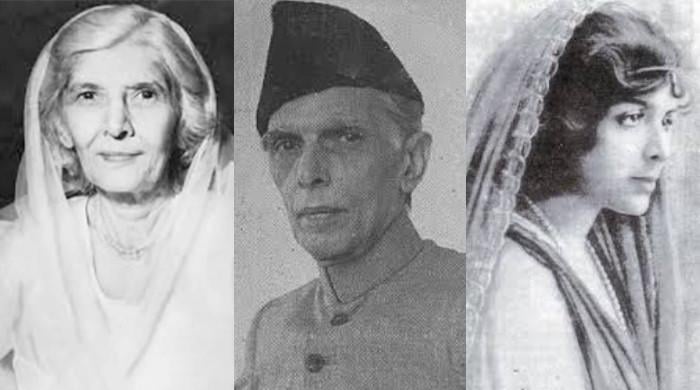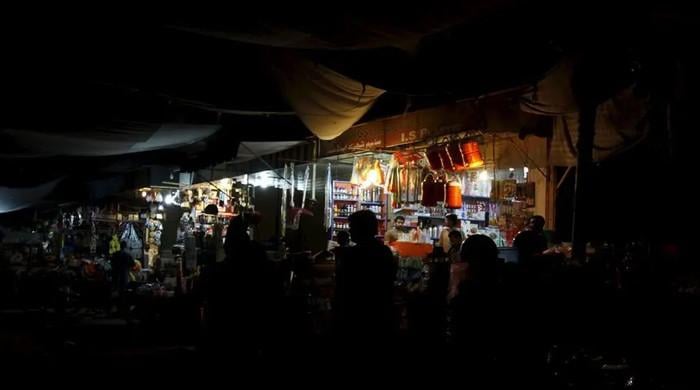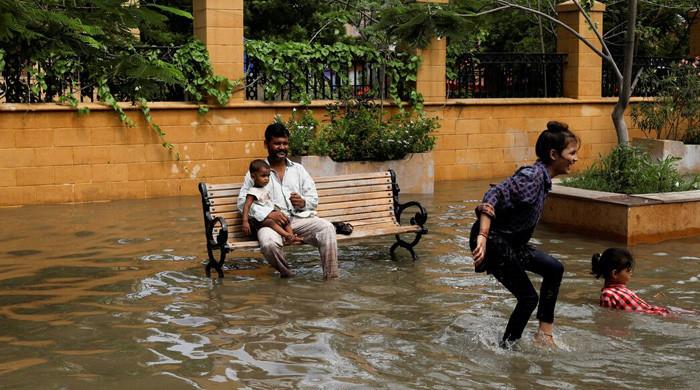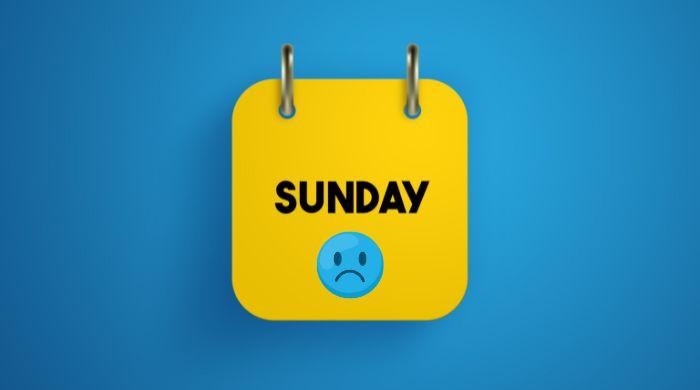Ignored and undervalued: The state of creativity in Pakistan
Historically, periods of political suppression in Pakistan have generally given rise to some of our most profound artistic expressions
April 15, 2025
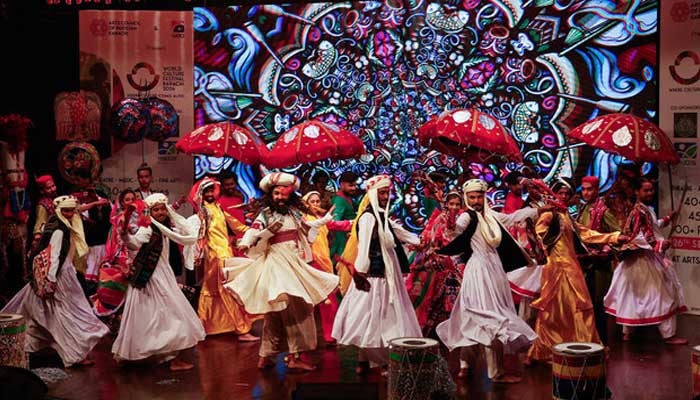
In a country as multilayered, complex and, at times, constrained as Pakistan, creativity has historically found unique avenues for expression. Our cultural history is rich, yet the organisational support for the arts has decreased significantly over the years. Having spent over two decades in Pakistan’s media and creative sectors, I’ve observed both the highs of artistic brilliance and the lows of systemic neglect.
The paradox of creativity in closed societies
Historically, periods of political suppression in Pakistan have generally given rise to some of our most profound artistic expressions. For example, during the harsh censorship of the 1980s, TV shows like Fifty Fifty and Aangan Terha managed to project difficult narratives that subtly critiqued societal norms.
However, the current environment presents a more difficult challenge. The hazard of increased censorship, political polarisation, and the commercialisation of content has left no place for genuine and opinionated creative expression. Unlike past eras, where subtext and metaphor were used to help the cause, today’s creators often find themselves navigating a minefield of restrictions (often institutional and religious) that hinder authentic storytelling.
Cultural and creative avenues: Then vs now
The decline of influential institutions has left a void in structured creative development. PTV’s once-renowned drama workshops, which nurtured many writers, actors, etc, have diminished in influence. Similarly, the performing arts institutions around the country, once a beacon for theatrical arts, now finding it extremely hard to get more resources and reach.
Public spaces that once celebrated culture, like literary festivals, indie theaters, and music concerts, are becoming more and more exclusive or disappearing altogether. There are avenues which are offering some space to the general public, but that too requires more support from different sectors of society and the government. The entertainment content that does emerge now, often feels repetitive, dry, and risk-averse, lacking the innovation that once defined our media landscape.
Raising alarm: How to highlight decline
The problem with our creative industries isn’t merely about reduced content production; it’s about the loss of cultural identity and community cohesion. Consider the following:
- Cinema decline: In the 1970s, Pakistan produced over 100 movies annually. By 2020, this number had reduced to not more than 20, reflecting a significant downtrend in the industry. Most of the cinemas of past turned into malls and multi-story residential buildings.
- Educational shortcomings: A study revealed that 67.6% of respondents attributed the decline of the Pakistani film industry to a lack of professional and skilled writers.
- Lack or no cultural investment: While countries like South Korea have invested heavily in their cultural sectors, leading to global phenomena like K-pop and Korean cinema, which not only boost their economies but also increased their cultural influence all around the world, Pakistan remains nowhere to be seen in this regard. Even Iran has a developed to a powerful cultural and cinema icon which shows the development of their creative arts.
The long-term implications of our cultural and creative decline are very much visible: identity erosion, disengaged youth, and a creative brain drain that deprives the nation of its most innovative minds.
Why comedy is missing in our ads and content
Comedy, once a usual occurrence in Pakistani entertainment, has become increasingly scarce. Several factors contribute to this decline:
- Fear of backlash: In an era of heightened sensitivities, advertisers and content creators often avoid humor to prevent potential controversies.
- Lack of institutional support: There are not more than few institutions dedicated to training comedy writers or performers, leading to a dearth of fresh comedic talent.
- Shift in advertising trends: Modern advertising in Pakistan tends to favor aspirational or serious storytelling over relatable humor, missing opportunities to connect with audiences on a more personal level.
Yet, the appetite for humor remains. Shows like Bulbulay, which has aired over 700 episodes since its debut in 2009, and Hasna Mana Hai, which amassed over 4.5 billion digital views by 2025, demonstrate the enduring popularity of comedy when executed effectively. We can also see comedians are getting more and more recognition on digital platforms which shows how eager the general public is to consume such content.
The way forward: What needs to happen
To reconstruct Pakistan’s creative industries, a multifaceted approach is necessary:
- Invest in creative education: Establish and support institutions dedicated to the arts, including writing, performance, music, and production design. The current such institutes need to be supported at the provincial and federal levels.
- Encourage public art initiatives: Local governments should fund public art projects and cultural grants to foster community engagement and artistic expression.
- Develop creative incubators: Support the formation of writing clubs, comic and indie art studios to nurture new and fresh talent.
- Media house innovation labs: Encourage media organisations to create internal teams and shows dedicated to experimenting with non-traditional formats and content.
- Back risk-taking in advertising: Brands and agencies should be encouraged (by society) to explore comedy, animation, and satire, recognising their potential to resonate with audiences.
- Elevate the status of comedy: Shift the narrative to view comedy not just as a joke but as a powerful tool for storytelling and socio-political commentary.
Final thoughts
From top comedians and legendary musicians to brilliant actors and writers who shaped our cultural identity, Pakistan was once a hub of creativity, humor, and entertainment in the region.
Our studios and stages were filled with originality. Today, that spark feels dimmed. Many of our brightest minds are unfortunately held back by censorship, lack of support, and shrinking creative spaces. The talent still exists, but is not being nurtured like in the past. Pakistan’s creative potential remains huge, but without coordinated efforts to find and support it, we risk losing a vital part of our powerful national identity. By acknowledging the challenges and finding a solution for them, we can pave the way for a renaissance in our cultural and creative sectors.
Khurram Siddiqi is a senior staff member at Geo News. He tweets @siddiqi__





